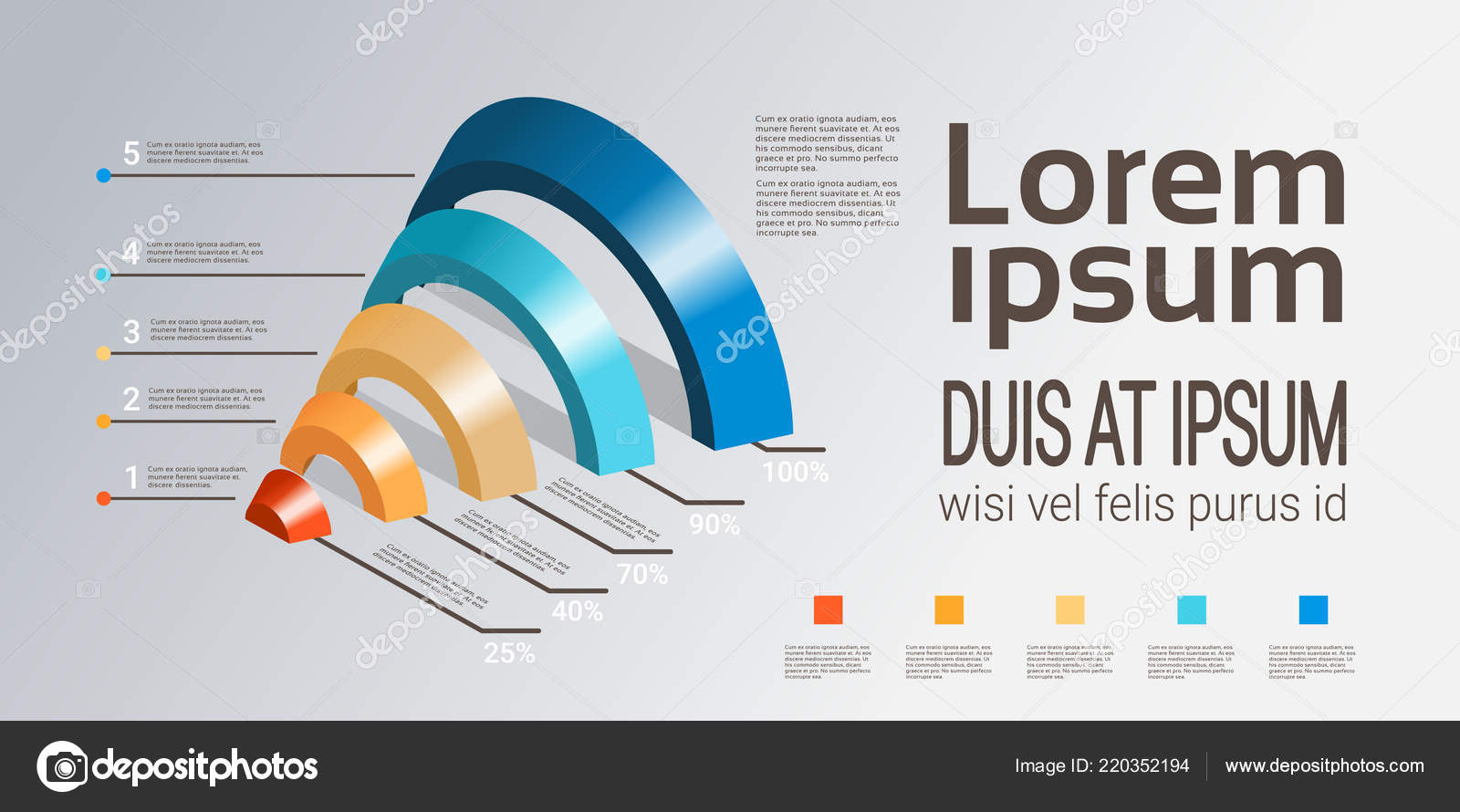Fascinated In Discovering Exactly How Website Design Has Advanced Over The Years? Discover The Trip From Uncomplicated Designs To User-Centered Methods
Fascinated In Discovering Exactly How Website Design Has Advanced Over The Years? Discover The Trip From Uncomplicated Designs To User-Centered Methods
Blog Article
https://www.adp.com/spark/articles/2022/02/small-business-marketing-tips-how-to-capitalize-on-the-big-game-buzz.aspx By-Johnsen Stender
In the past, internet sites were basic and focused on info. Navigation was direct, and style was for desktops. Now, individual experience is crucial. Information overviews designs for simple navigation. Responsive layouts suit various devices. Today, dark mode decreases pressure, and minimal food selections boost navigation. Interactive attributes involve users, and bold visuals attract attention. AI combination enhances involvement. See how design has actually evolved to boost your online trip.
Very Early Days of Web Design
In the early days of website design, simpleness reigned supreme. Web sites were standard, with limited colors, fonts, and layouts. The focus got on offering information rather than flashy visuals. Users accessed the net with sluggish dial-up connections, so speed and functionality were essential.
Navigating food selections were straightforward, commonly situated on top or side of the page. Internet sites were made for desktop computers, as mobile surfing wasn't yet common. Web content was king, and developers focused on easy readability over intricate style aspects.
HTML was the main coding language used, and developers needed to function within its restraints. Animations and interactive functions were very little contrasted to today's criteria. Internet sites were fixed, with little dynamic material or personalized user experiences.
Increase of User-Focused Layout
With the advancement of site style, a shift towards user-focused layout principles has come to be significantly famous. Today, creating internet sites that prioritize user experience is crucial for engaging visitors and attaining service objectives. User-focused style entails comprehending the requirements, choices, and behaviors of your target market to customize the internet site's design, material, and includes appropriately.
Developers now conduct thorough study, such as customer studies and functionality testing, to gather insights and feedback straight from individuals. This data-driven strategy helps in producing instinctive navigating, clear calls-to-action, and visually enticing user interfaces that reverberate with visitors. By positioning the user at the center of the layout process, web sites can provide a much more individualized and pleasurable experience.
Receptive design has actually likewise become an essential facet of user-focused design, ensuring that websites are enhanced for different gadgets and display sizes. This versatility improves accessibility and use, catering to the diverse means users communicate with web sites today. In essence, the rise of user-focused layout symbolizes a shift in the direction of creating digital experiences that prioritize the demands and assumptions of completion user.
Modern Trends in Website Design
Check out the current fads shaping web design today. One prominent pattern is dark mode style, supplying a sleek and modern-day look while reducing eye strain in low-light atmospheres. Another essential pattern is minimal navigating, streamlining menus and improving user experience by focusing on essential elements. Incorporating micro-interactions, such as computer animated switches or scrolling impacts, can produce a much more appealing and interactive web site. Responsive design remains crucial, making certain smooth user experiences across various gadgets. Additionally, making use of bold typography and asymmetrical designs can include visual passion and accentuate certain content.
Integrating AI innovation, like chatbots for consumer support or individualized referrals, improves individual involvement and streamlines procedures. Availability has also become a significant trend, with designers prioritizing comprehensive style techniques to cater to varied customer requirements. Embracing sustainability by maximizing internet site efficiency for rate and efficiency is an additional emerging pattern in web design. Collaborating with individual feedback and data analytics to repeat and boost layout continuously is necessary for staying relevant in the ever-evolving digital landscape. By welcoming these modern-day fads, you can develop an aesthetically enticing, straightforward site that reverberates with your target market.
Final thought
As you review the evolution of internet site style from the very early days to currently, you can see exactly how user-focused design has actually ended up being the driving force behind modern-day fads.
Accept the journey of change and adjustment in web design, constantly keeping the user experience at the center.
Tippingpointdigital
Remain current with the latest trends and modern technologies, and never quit evolving your technique to develop visually magnificent and straightforward internet sites.
Develop, adapt, and develop - the future of web design remains in your hands.
